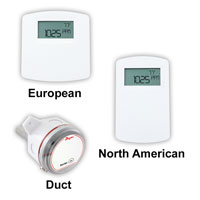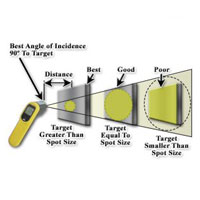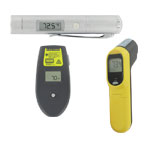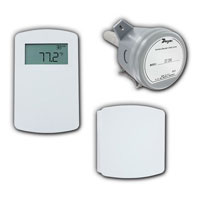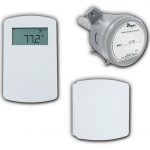
As standards become stricter for monitoring indoor air quality (IAQ) it is important to understand that the readings from your instrumentation are correct and accurate. When monitoring carbon dioxide levels for on-demand ventilation, it is imperative that you account for barometric pressure as it can create a false sense of accuracy when controlling an HVAC system. Continue reading “How Barometric Pressure Affects Carbon Dioxide Readings”

